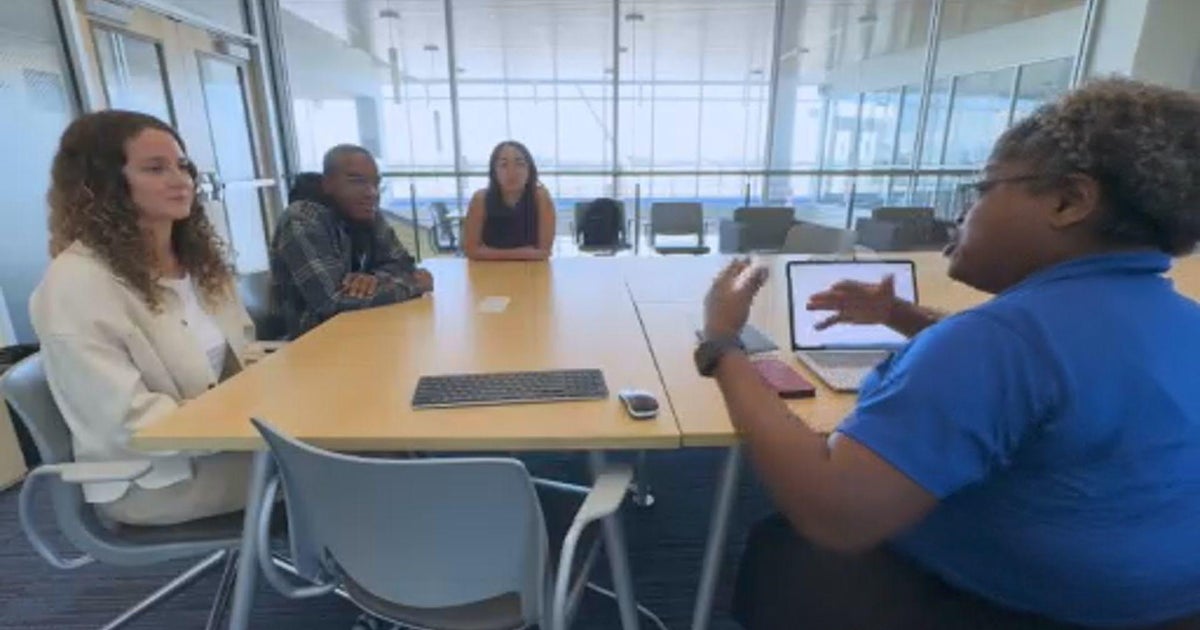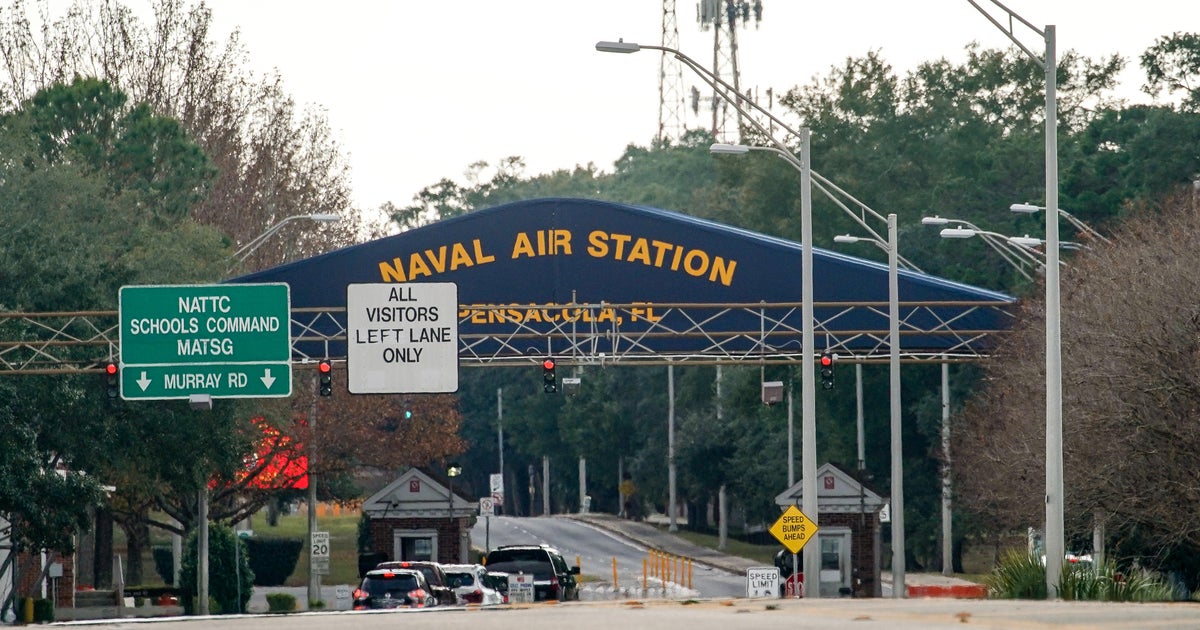NASA's New Commercial Crew Astronauts: Each Wants To Fly 1st
Follow CBSMIAMI.COM: Facebook | Twitter
CAPE CANAVERAL (AP) — For now, just call them the Commercial Crew Cadre.
The four NASA astronauts chosen to fly on the first test flights of commercial spacecraft said Friday they haven't come up yet with a more media-savvy name. The label, Commercial Crew Cadre, fits what they'll be doing over the next few years, said Air Force Col. Robert Behnken, until recently head of the astronaut office.
Two private companies — SpaceX and Boeing — are still developing the crew capsules that will launch to the International Space Station from Cape Canaveral, Florida. The U.S. hasn't seen a manned launch since Atlantis blasted off on the final shuttle mission in 2011.
The first test flight with one or more of them on board is targeted for 2017, an aggressive schedule, according to astronaut Eric Boe, an Air Force colonel.
NASA named Behnken and Boe to the commercial crew effort Thursday along with two other veteran astronauts with test pilot experience, Douglas Hurley and Sunita Williams. Their first public appearance was Friday, a series of televised news interviews from Johnson Space Center in Houston.
When asked by an Associated Press reporter who wants to be first to fly, all four laughed and raised their hand.
"I think all four of us," Behnken said.
But Behnken insisted there's no sense of competition. "We've been around the office long enough to maybe have worked that out of our system, I think," he told the AP.
The plan, at least for now, is for one NASA astronaut and one Boeing-selected test pilot to fly on that company's CST-100 capsule. SpaceX is proposing two NASA astronauts for the shakedown of its Dragon crew capsule, a bigger, better version of the one it uses now to haul space station cargo.
The most recent SpaceX supply run ended in the Atlantic. The Falcon 9 rocket broke apart shortly after liftoff on June 28; the company is still trying to figure out what went wrong. Behnken said the accident did not give pause to the four; rather, they expect the resulting crew capsule to be even safer as a result of the investigation.
All four will work with both companies at first, then focus on the one with which they will fly.
Much still needs to be sorted out regarding the particulars of the initial test flights, noted Hurley, pilot of the last space shuttle flight.
It's feasible Hurley — a retired Marine colonel — could end up flying again with his commander on the final shuttle mission, Christopher Ferguson, now heading up CST-100 crew and mission operations for Boeing.
"Obviously, that would be interesting," Hurley said. He pointed out that commercial crew astronaut Boe also flew with Ferguson during the shuttle program. "And so, yeah, who knows, it might happen," Hurley said.
From astronaut Sunita Williams' viewpoint, the impact of resuming human launches from Cape Canaveral will be "huge."
"It's going to be open for so many more people," said Williams, a Navy captain and two-time space station resident. While the Internet makes available the Russian Soyuz launches with crews from Kazakhstan, "it just feels like it is halfway around the world."
"It's nice when it's in your own backyard," she said, "and I think it's going to be really motivating," especially for youngsters.
NASA currently is paying Russia $76 million for a Soyuz ride. The space agency has contracts totaling nearly $7 billion with SpaceX and Boeing to take over the taxi trips for U.S. astronauts, so it can focus on getting humans to Mars in the 2030s. The cost for a ride on an American-operated spacecraft will be $58 million, according to NASA.
Like her three colleagues, Williams said she was honored and humbled to have been chosen for the pioneering program.
"We have a lot to live up to," she said, "so I hope we're up to the task, and I think we are."
(© Copyright 2015 The Associated Press. All Rights Reserved. This material may not be published, broadcast, rewritten or redistributed.)



